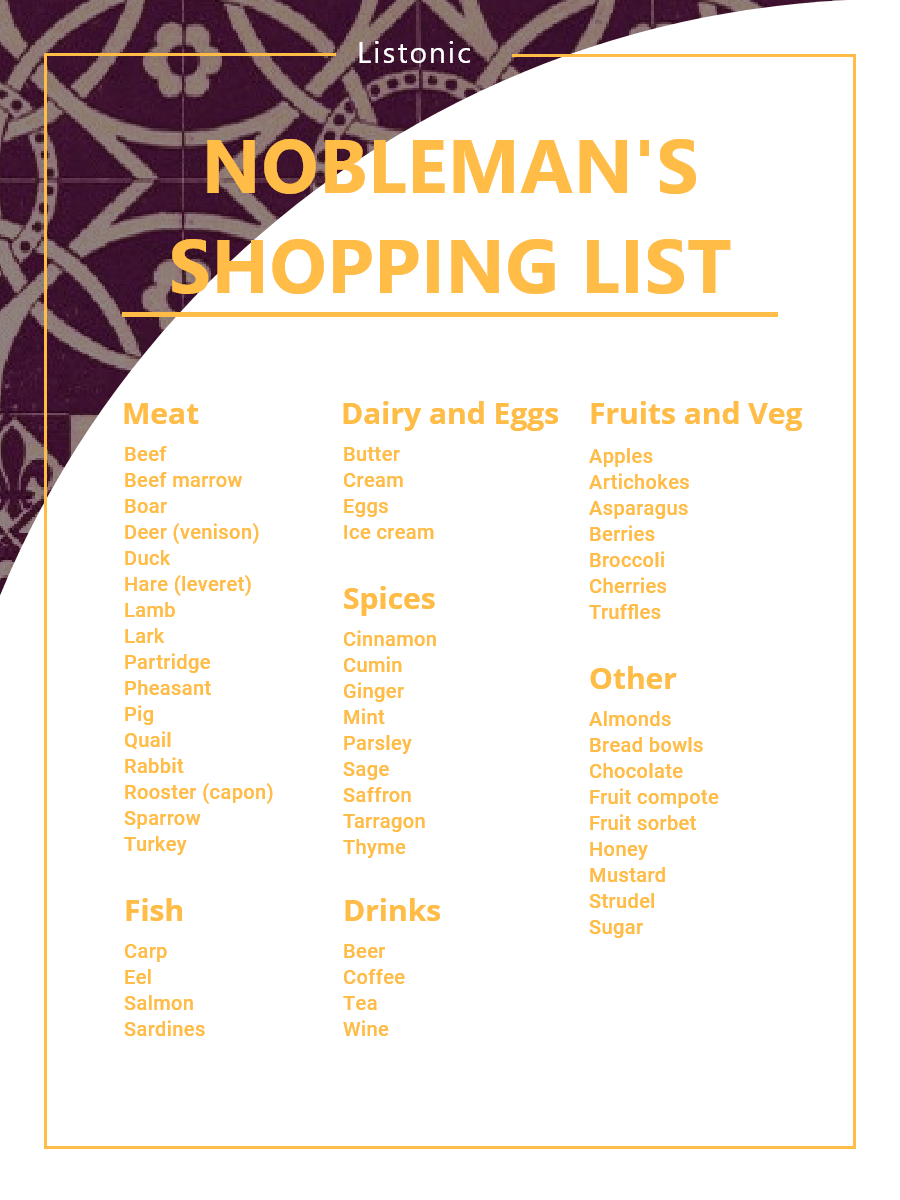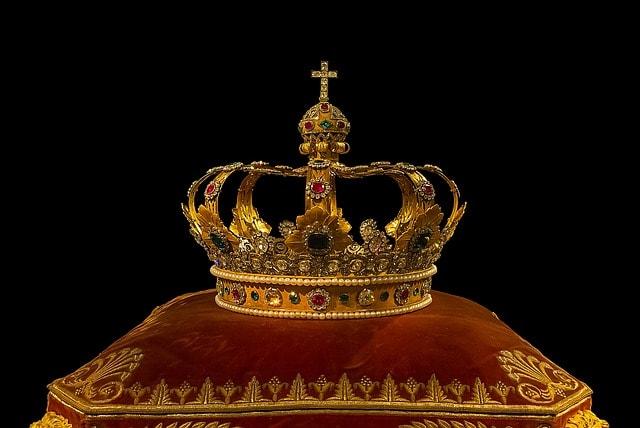The cuisine of European aristocracy in the Middle Ages, despite the different cultures across these countries, was very similar. This was because they all delighted in the same rare and exotic food. They would acquire these delicacies the same trade routes, as each country was merely a different stop along the way. Another similarity was that all these dishes would be extravagant. But what did this look like, and what would have been on a nobleman’s shopping list?
Contents
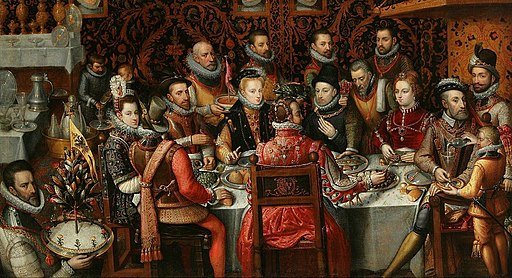 A Feast for The Eyes And Senses
A Feast for The Eyes And Senses
Before we can even begin to look at what was on a nobleman’s shopping list, we need to understand how they ate.
How would you eat like a nobleman?
Well, one thing you’d definitely do is throw a massive feast for your well-to-do friends.
The aim of the feast would be to dazzle and impress people, and to show off how much power and wealth you have. But, a feast didn’t have to only taste good, it had to look spectacular!
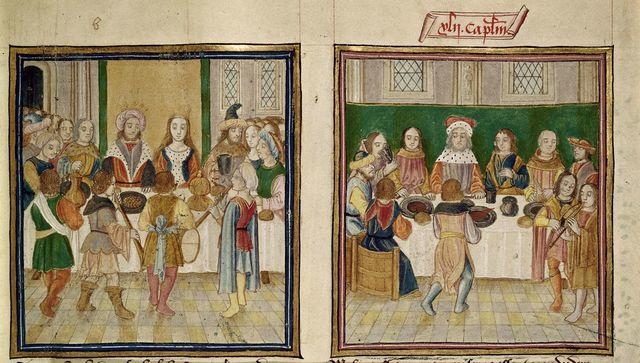 What Was the Feast Like?
What Was the Feast Like?
So, how did nobleman impress their friends with food?
One way was simply by offering a number of dishes with ingredients that you simply couldn’t get if you were nothing less than noble. Plus, there would need to be plenty of wine and beer to gulp down.
But the presentation of the dishes was no less important. History has shown us that some of the presentation could rival that of modern haute cuisine. Aristocrats and noblemen were masters of serving surprising spectacles.
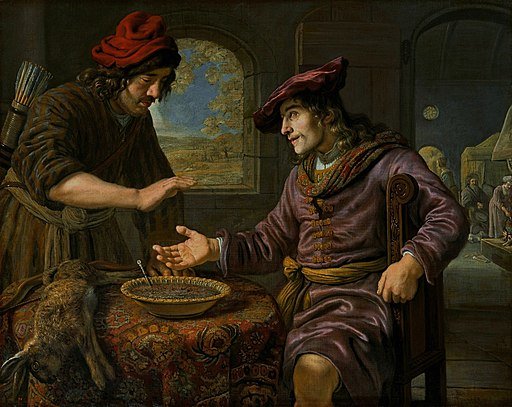 Starters
Starters
For starters, there would be dishes such as:
- Hare patties
- Pottage (a thick soup with vegetables, grains, meat or fish)
- Miniature pastries filled with meat
- Beef marrow fritters
- Eels in a thick spicy puree
- Saltwater fish
In addition, the table was laden with small snacks like freshly baked bread with bowls of whipped butter, sugared almonds, and honey-mustard eggs.
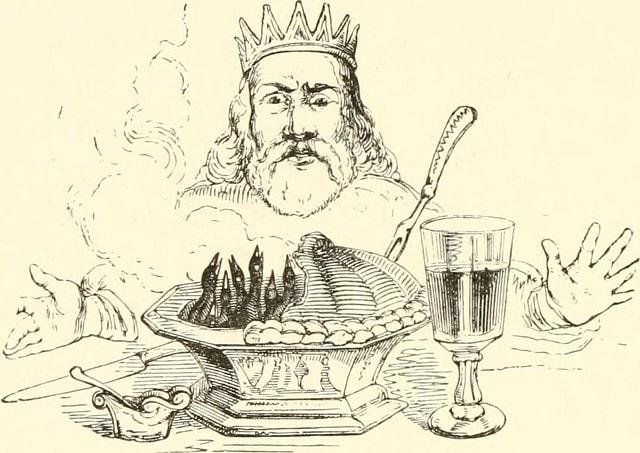 Main Course
Main Course
Then, the main course would be something quite spectacular.
One way to impress people with the main course was to include plenty of meat. To organize a feast, sometimes several thousand animals were killed.
Yes, thousands!
The animals that were unlucky enough to be served up include boars, deers (venison), young rabbits, and hares (leveret). Birds that were hunted as part of this grand feast included quails, partridges, wild ducks, pheasants, sparrows, and larks.
Dishes include things like de volaille with truffles, lamb in mint sauce, turkey and sardines. But it all depended on the chef’s creativity.
But the nobility didn’t just stop with the sheer variety of meat and dishes on offer. They also pulled out all the stops in the presentation.
One grand way food was presented was by creating things known as “deceptions”. These were delicately arranged dishes consisting of meat, fruit, and vegetables made to imitate the appearance of various animals.
The aristocracy also used to have an unusual way of preparing rooster (capon). This would be cooked and then sewn to the back of a young pig. Then, the dish was stuffed and roasted on a spit. The finished rooster-pig was then decorated with egg yolk and saffron.
One of the most shocking and impressive ways of presenting a dish was to hide live birds inside a pie which would fly out after cutting it open. Just like in the nursery rhyme, “Sing a Song of Sixpence”.
To make Pies that the Birds may be alive in them, and flie out when it is cut up.
Make the coffin of a great pie or pastry, in the bottome thereof make a hole as big as your fist, or bigger if you will, let the sides of the coffin bee somewhat higher then ordinary pies, which done put it full of flower and bake it, and being baked, open the hole in the bottome, and take out the flower. Then having a pie of the bigness of the hole in the bottome of the coffin aforesaid, you shal put it into the coffin, withall put into the said coffin round about the aforesaid pie as many small live birds as the empty coffin will hold, besides the pie aforesaid. And this is to be done at such time as you send the pie to the table, and set before the guests: where uncovering or cutting up the lid of the great pie, all the birds will flie out, which is to delight and pleasure shew to the company. And because they shall not bee altogether mocked, you shall cut open the small pie, and in this sort you may make many others, the like you may do with a tart. (From Epulario, 1598)
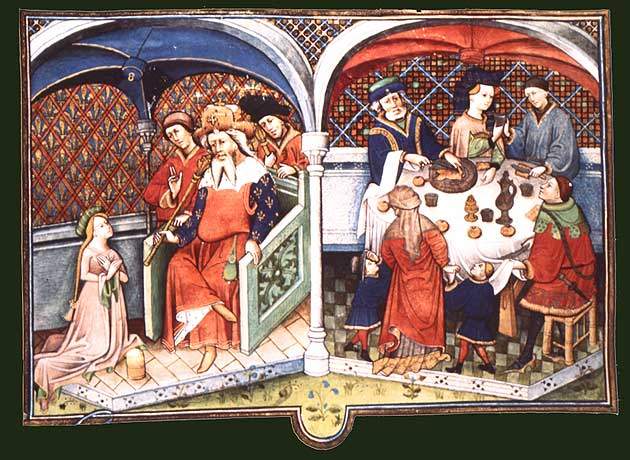 Dessert
Dessert
But what was for dessert?
Sugar was reserved for nobility because it was very expensive at the time. So, to impress, it was used with pretty much everything. Even meat was sweetened with sugar.
As for the actual desert, the influences of different countries would play an important role here. There could be anything from Austrian strudel to Italian sorbets. Fruit with various creams or compotes were also enjoyed by aristocrats.
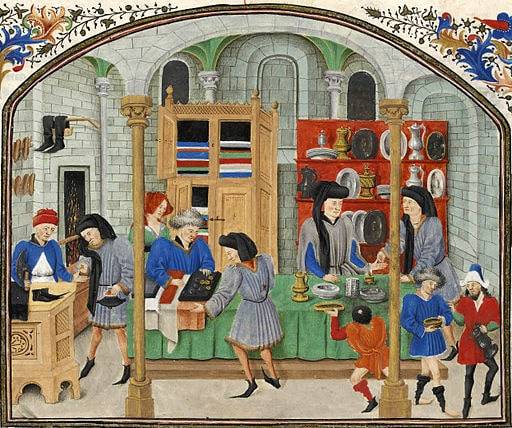 What Was On the Aristocracy’s List of Food?
What Was On the Aristocracy’s List of Food?
Only the richest kitchens had access to the best ingredients imported from the farthest corners of the world.
But what exactly was some of this exotic food?
Salmon was imported from as near as Scotland because it was then available nowhere else in Europe. From farther afield, exotic spices such as cinnamon, ginger, saffron, and cumin were imported from the Far East.
Many of the food and delicacies that are widely available today were formerly only accessible by kings palate and the aristocracy. These include coffee, tea, chocolate, ice cream, spices, and sugar.
The court cuisine was changing with travels to new places and new discoveries.
Important changes were introduced by Katarzyna Medycejska, who entered the French court due to her marriage to the King of France Henry II. Thanks to the new queen, French aristocracy appreciated broccoli, asparagus, artichokes, carp, and truffles brought from Italy.
La Varenne, author of the first cookbook, was another figure that significantly contributed to changes in Western European cuisine. He developed new recipes, introduced a wide range of vegetables and fresh spices, such as thyme, parsley, tarragon, and sage. Thanks to these recipes, aristocrats were able to broaden their horizons and indulge in even more exquisite feasts.
Nobleman’s Shopping List
So there you have it. The details of a grand feast, and an even grander list of ingredients. If you fancy shopping like a nobleman, use this shopping list to do so. However, we absolutely do not condone putting live birds into pies!
Bon appetit!
Nobleman's Shopping List ??✅?
Copy to clipboardMeat
- Beef
- Beef marrow
- Boar
- Deer (venison)
- Duck
- Hare (leveret)
- Lamb
- Lark
- Partridge
- Pheasant
- Pig
- Quail
- Rabbit
- Rooster (capon)
- Sparrow
- Turkey
Fish
- Carp
- Eel
- Salmon
- Sardines
Dairy and Eggs
- Butter
- Cream
- Eggs
- Ice cream
Spices
- Cinnamon
- Cumin
- Ginger
- Mint
- Parsley
- Sage
- Saffron
- Tarragon
- Thyme
Fruits and Vegetables
- Apples
- Artichokes
- Asparagus
- Berries
- Broccoli
- Cherries
- Truffles
Drinks
- Beer
- Coffee
- Tea
- Wine
Other
- Almonds
- Bread bowls
- Chocolate
- Fruit compote
- Fruit sorbet
- Honey
- Mustard
- Strudel
- Sugar
